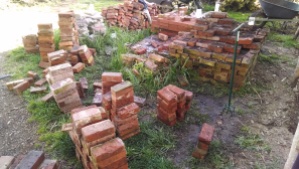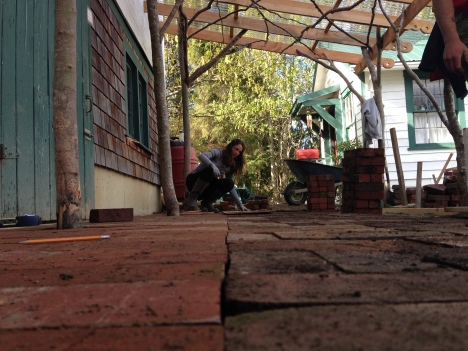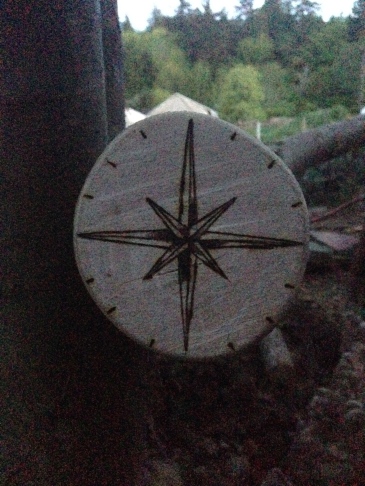Perone Bee Hives

The Perone or Automatic Hive was designed by Oscar Perone, and aims at managing bees in a way more closely analogous to their natural behavior. It is favored by proponents of ‘Natural Beekeeping’, who seek to allow more natural bee behavior and minimize intervention into the hive.
Perone Hives are very large 2m-high vertical top bar hives that remain the same size all year, split into a bee area underneath, and a bee keepers area above . The total hive volume is large, around 280 liters, which it is proposed allows the bees to develop into a ‘super-colony’ differing in behavior to colonies in smaller hives. They are managed so that under normal circumstances the bee area is never opened, and the bee keepers area is opened only once per year when any honey is harvested. These hives are managed around bees using their own honey supplies in winter, not replacing these with sugar syrup.
Here’s a pdf link on making a Perone hive.
Hugelkultur – Heat Island
Brought to the mainstream by Austrian Sepp Holzer, Hugelkultur is a German word roughly translated to hill culture or mound culture. The process consists of burying coarse organic material – such as logs, tree prunings, or brassica stems – and covering them with soil to create a bed for growing crops. As the plants grow, they draw moisture and nutrients from the layers of organic material slowly breaking down inside the mound.
Some benefits of having a Hugelkultur:
- Reduces the need for irrigation
- Reduces the need for fertilizer for several years to several decades
- Creates a warm microclimate (as the materials break down, they release energy in the form of heat)
- Can be shaped to eliminate bending over while gardening
- Allows for more garden spaced on a given surface area compared to flat beds















































































